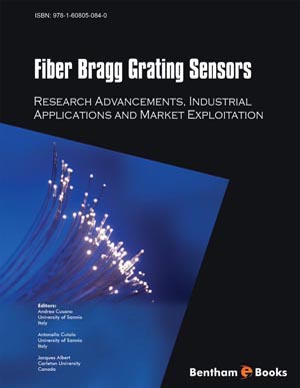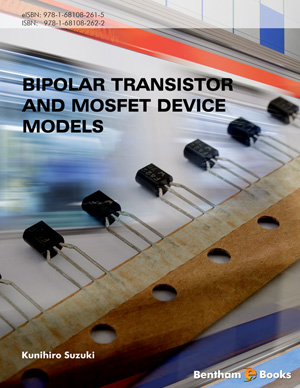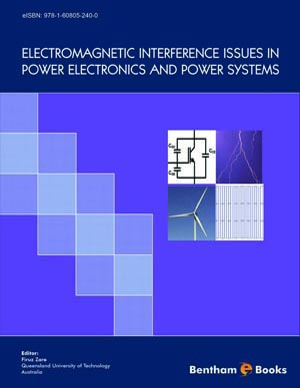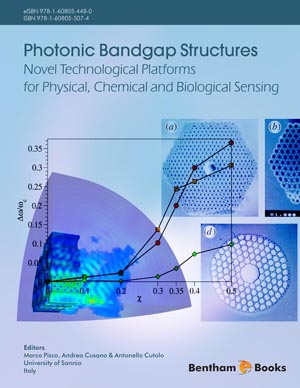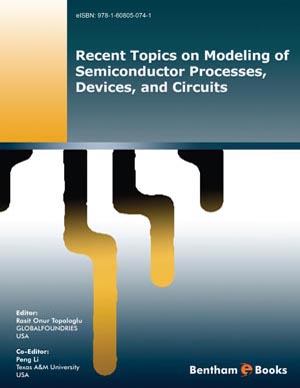Abstract
Fiber Bragg Grating (FBG) sensor technology has been attracting substantial industrial interests for the last decade. FBG sensors have seen increasing acceptance and widespread use for structural sensing and health monitoring applications in composites, civil engineering, aerospace, marine, oil & gas, and smart structures. One transportation system that has been benefited tremendously from this technology is railways, where it is of the utmost importance to understand the structural and operating conditions of rails as well as that of freight and passenger service cars to ensure safe and reliable operation. Fiber-optic sensors, mostly in the form of FBGs, offer various important characteristics, such as EMI/RFI immunity, multiplexing capability, and very long-range interrogation (up to 230 km between FBGs and measurement unit), over the conventional electrical sensors for the distinctive operational conditions in railways. FBG sensors are unique from other types of fiber-optic sensors as the measured information is wavelength-encoded, which provides self-referencing and renders their signals less susceptible to intensity fluctuations. In addition, FBGs are reflective sensors that can be interrogated from either end, providing redundancy to FBG sensing networks. These two unique features are particularly important for the railway industry where safe and reliable operations are the major concerns. Furthermore, FBGs are very versatile and transducers based on FBGs can be designed to measure a wide range of parameters such as acceleration and inclination. Consequently, a single interrogator can deal with a large number of FBG sensors to measure a multitude of parameters at different locations that spans over a large area.
FBG is the most promising, cost-effective and distributed sensor technology that provides an ideal platform to monitor the condition and structural health of tracks, carriages and underframe equipment in railway systems. In the last few years, a number of field trial railway projects using FBG sensors for axle counting, track and train vibration measurements, monitoring of bogie conditions, structural health monitoring of train bodies, and interaction between overhead contact lines and current collectors (pantograph) were successfully conducted by a few research institutions. These studies demonstrated the superiority of FBG sensors over conventional sensors in many crucial aspects. However, major barriers, such as lack of proprietary and custom specifications, packaging and reliability standards, insufficient field experience, have yet to be resolved before major railway operators are to embrace the FBG sensor technology.


